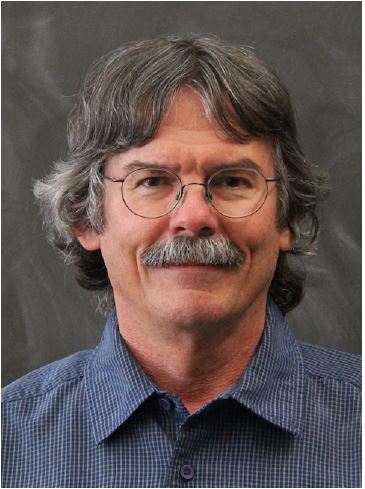Quantum Telescopy: Very Long Baseline Interferometric Imaging using Single-Photon States as a Nonlocal Oscillator
Quantum Telescopy: Very Long Baseline Interferometric Imaging using Single-Photon States as a Nonlocal Oscillator

Michael Raymer Professor of Physics &Knight Professor of Liberal Arts and Sciences
University of Oregon.
ABSTRACT:
Recent proposals suggest that distributed single photons serving as a ‘nonlocal oscillator’ can outperform weak coherent states as a phase reference for long-baseline interferometric imaging (VLBI) of weak sources. [1, 2] Such nonlocal quantum states distributed between telescopes can, in-principle, surpass the limits of conventional interferometric-based astronomical imaging methods, which are limited by quantum shot noise, signal loss, or the faintness of the imaged objects. In an initial experiment by our group, photon interference between a nonlocal single-photon state and a spectrally single-mode, quasi-thermal source has been implemented, enabling reconstruction of the source spatial distribution with increased usable signal per source photon detected in coincidence with the nonlocal oscillator photon – the first instance of quantum-enhanced sensing in this context. The longer-term goal is to discover the optimal quantum-enhanced protocol to achieve ultimate SNR and telescope resolution of faint astronomical objects.
[1] D. Gottesman, T. Jennewein, and S. Croke, “Longer-baseline telescopes using quantum repeaters,” Phys. Rev. Lett. 109, 070503 (2012).
[2] E. T. Khabiboulline, J. Borregaard, K. De Greve, and M. D. Lukin, Quantum-assisted telescope arrays, Phys. Rev. A 100, 022316 (2019).
BIO:
Michael Raymer is a Physics Professor and a Knight Professor of Liberal Arts and Sciences at the University of Oregon. He was a faculty member at the University of Rochester’s Institute of Optics before moving to UO in 1988. His research is in quantum optics, atomic and molecular physics, and quantum information science. His current research includes the coherent manipulation of single-photon states for use in quantum communication systems and remote sensing, as well as the use of two-photon entangled states for probing the structure and dynamics of molecular systems. With colleagues, he led a national effort to lobby the US government to support research in quantum information science and technology, leading to passage of the National Quantum Initiative Act in 2018.
TITLE: Quantum Telescopy: Very Long Baseline Interferometric Imaging using Single-Photon States as a Nonlocal Oscillator
DATE: March 07, 2022
TIME: 3:30 PM - 4:30 PM (EST)
LOCATION: ZOOM
